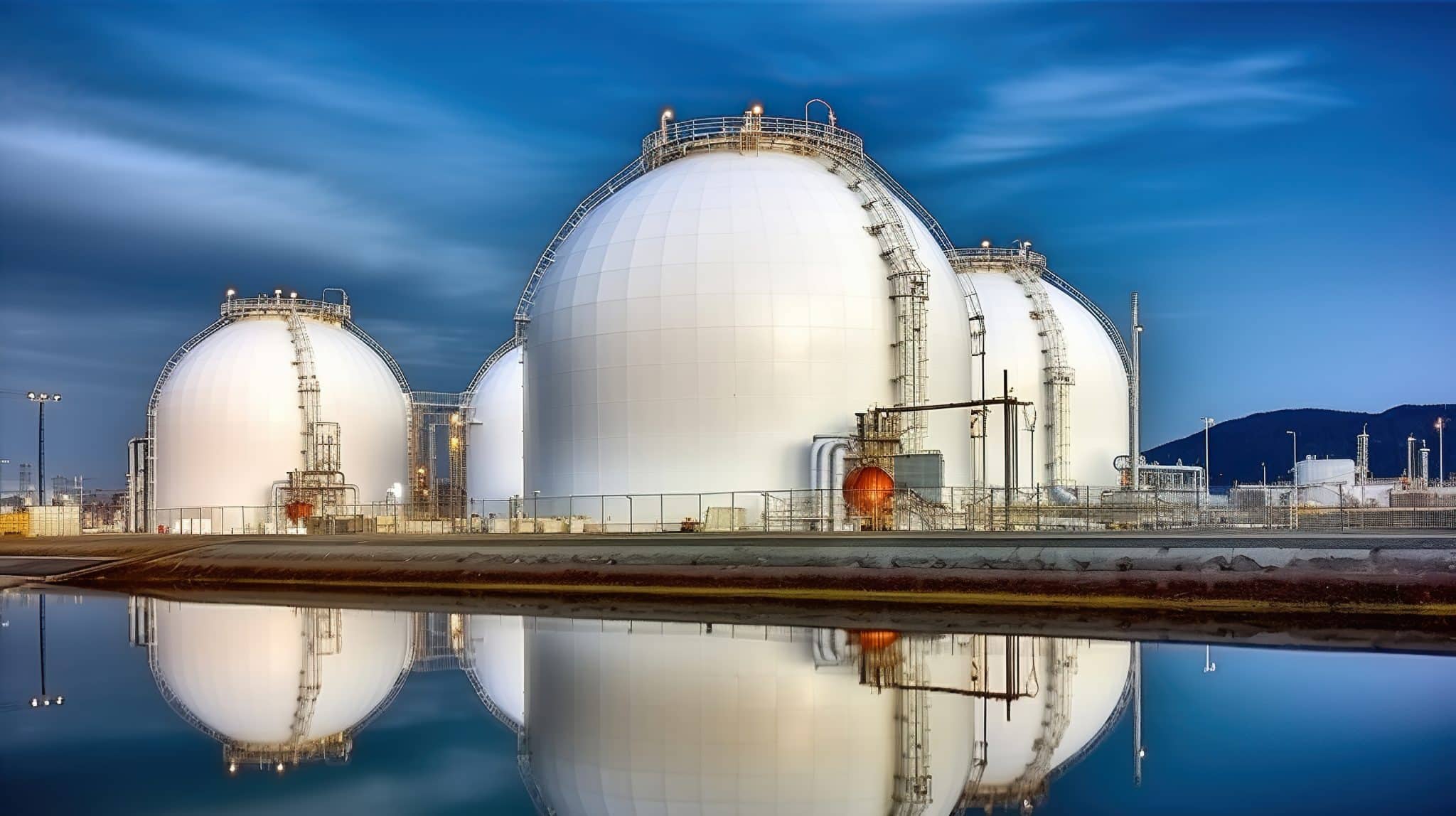
EU Needs ‘Big’ Gas Storage Buffer at the End of Current Winter: EC Official
The EU will need to have a “big buffer” of gas in storage at the end of the current winter to help prepare for the following winter, a senior European Commission official said Nov. 14.
Paula Pinho, energy security director at the EC’s energy directorate, said Brussels was maintaining a “very high level of monitoring and preparedness.”
“I think we are prepared but we really cannot just sit back and relax,” Pinho said in comments posted to the EC website.
“We know that storage facilities are now full, but we cannot afford to just use up all the gas during the winter,” she said.
“As at the end of last winter, we still need to have a big buffer to allow us to go through into the next heating season,” she said, adding that the EC was already preparing for winter 2024-2025. “We cannot lower our guard.”
EU gas storage sites were filled to 99.5% of capacity as of Nov. 12, according to Gas Infrastructure Europe data, having hit 99.6% fullness last week.
The past summer’s stock build was made considerably easier by the warm winter of 2022/23, which left the EU’s storage sites still 55.6% full as of the end of March.
The last winter even saw a period of net injections in January 2023 — typically a peak withdrawal month — as temperatures rose well above seasonal norms.
The still healthy stock level in March 2023 was in stark contrast to the end of the 2021/22 winter when stocks were drawn down to just 25.6% of capacity.
Pinho also said the EC remained vigilant in terms of key energy infrastructure in light of damage to the Balticconnector between Finland and Estonia last month.
“Our infrastructure is critical and because of that, it remains at risk and we cannot exclude the possibility of bad things happening to critical energy infrastructure,” she said.
“If our infrastructure is exposed, we can all of a sudden lose the means to supply the stored gas.”
Demand reductions
Pinho also said the EU had reduced gas demand by 18% compared with the average of the past five years. “We believe that a big part of that is the result of structural measures — and these will stay in place,” she said.
“This means we will be able to continue to simply consume less, which is also our objective, if it doesn’t mean destroying industrial output, and we have good signals in that sense.”
EU member states in July last year agreed to voluntarily cut their gas consumption between August 2022 and March 2023 by 15% compared to the five-year average, and beat the target with demand reduced by 17.7%.
The agreement was extended in March this year and is now set to continue until the end of March 2024.
The biggest cuts in consumption last year were in the autumn on the back of high gas prices and warm temperatures.
Platts, part of S&P Global Commodity Insights, assessed the benchmark Dutch TTF month-ahead price at an all-time high of Eur319.98/MWh in late August 2022.
Prices are now lower thanks to healthy storage levels and demand curtailments but remain historically high, with Platts assessing the TTF month-ahead price on Nov. 13 at Eur47.76/MWh.
The EU rules on demand reduction also provide the possibility for the EU to trigger a “Union alert” on security of supply, in which case the gas demand reduction would become mandatory.
Pinho said “everyone” had contributed to the demand cuts. “When we look at the reduction in gas demand, the contribution from households and industry is 50/50 — so it’s really something that pulled everyone together,” she said.
S&P Global, Stuart Elliott, November 16, 2023
